
An Air Conditioner (AC) breakdown can turn a sweltering Indian summer nightmare into reality. Imagine this: the relentless sun beats down, turning your forehead into a glistening sheen of sweat. The air hangs heavy and thick, making it hard to breathe. Every muscle in your body feels clammy and slick with perspiration and you hit the AC remote for instant relief. You wait for cool, fresh air from your favorite air conditioner to embraces you. But your AC, which promised you an oasis of cool comfort, refuses to cooperate.
Don’t despair! While a malfunctioning AC can be a real spoiler, the good news is that many common culprits behind a non-cooling AC can be addressed with a little desi jugaad (Indian ingenuity) and some simple troubleshooting.
This blog will equip you with the knowledge to diagnose why you face frequent AC breakdown and guide you through some easy fixes everyone can try, this summer. We’ll also highlight situations where seeking professional help is the best course of action. So, grab a chilled glass of nimbu pani (lemonade), because by the end of this guide, you’ll be well on your way to conquering the Great Indian Summer Struggle and reclaiming your cool heaven.
Table of Contents
Before Troubleshooting the AC Breakdown- Understand How It works
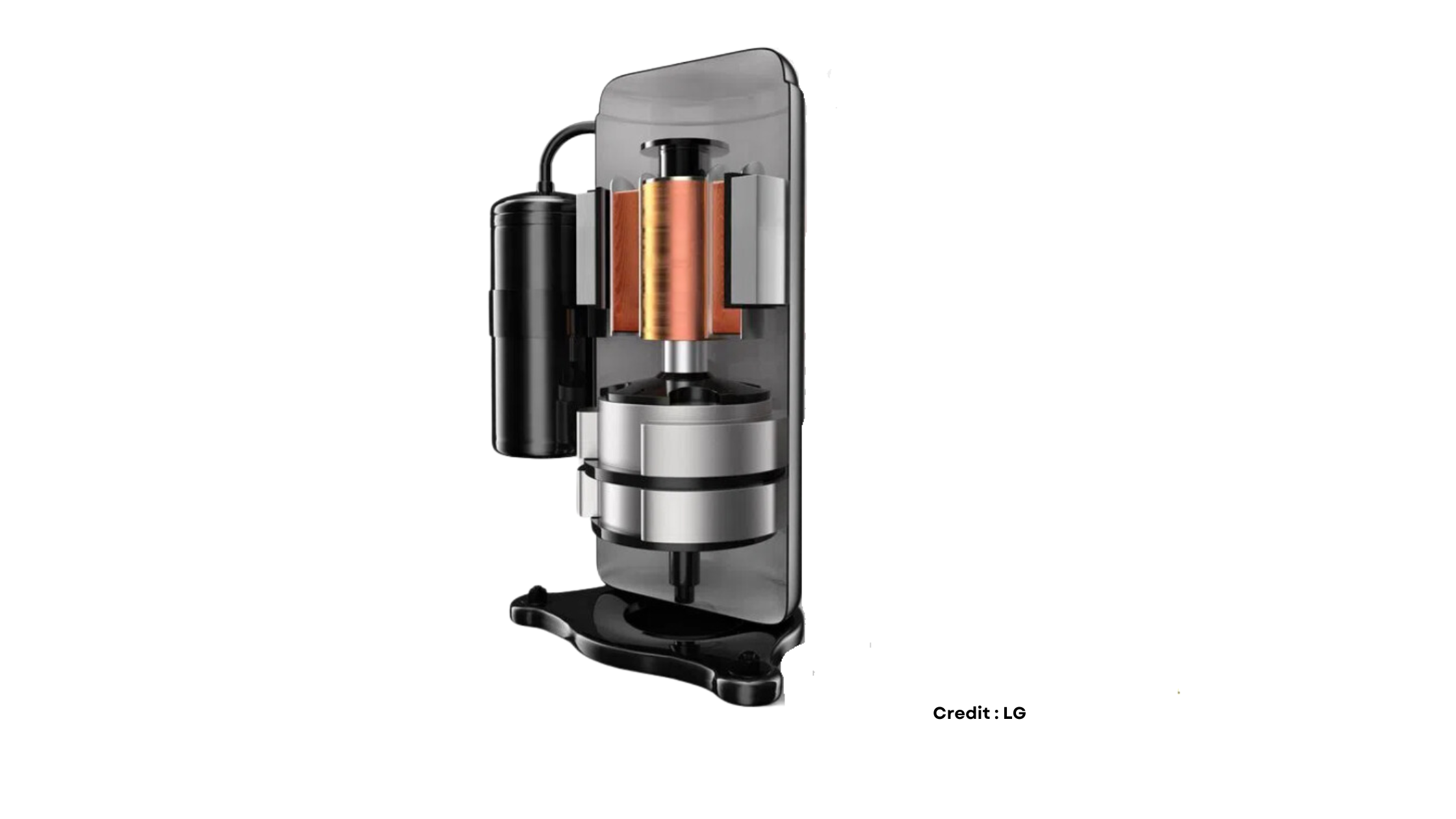
Before diving into troubleshooting, let’s understand the basic process of air conditioning. Think of your AC as a magician, pulling heat from your home and releasing it outdoors. Here’s the simplified version:
- Warm Air Gets Drawn In: Your AC unit uses a fan to pull warm air inside your home through a filter. This filter plays a crucial role, trapping dust, pollen, and other airborne particles that could otherwise clog the system.
- Heat Absorption: The warm air passes over an evaporator coil containing refrigerant, a special coolant. The refrigerant absorbs heat from the air, causing it to cool down significantly.
- Cool Air Circulation: The cooled air is then blown back into your home through vents, bringing much-needed relief from the scorching heat.
- Heat Release Outdoors: Meanwhile, the refrigerant, now carrying the absorbed heat, travels to the outdoor condenser unit. Here, a fan blows air over the hot condenser coils, releasing the heat extracted from your home into the outside environment.
- Refrigerant Cools and Repeats: The refrigerant gas is then made to pass through the compressor and expansion device respectively. This process again cool the refrigerant which is then made to travel back through the indoor unit, to repeat the cycle, ensuring a continuous flow of cool air.
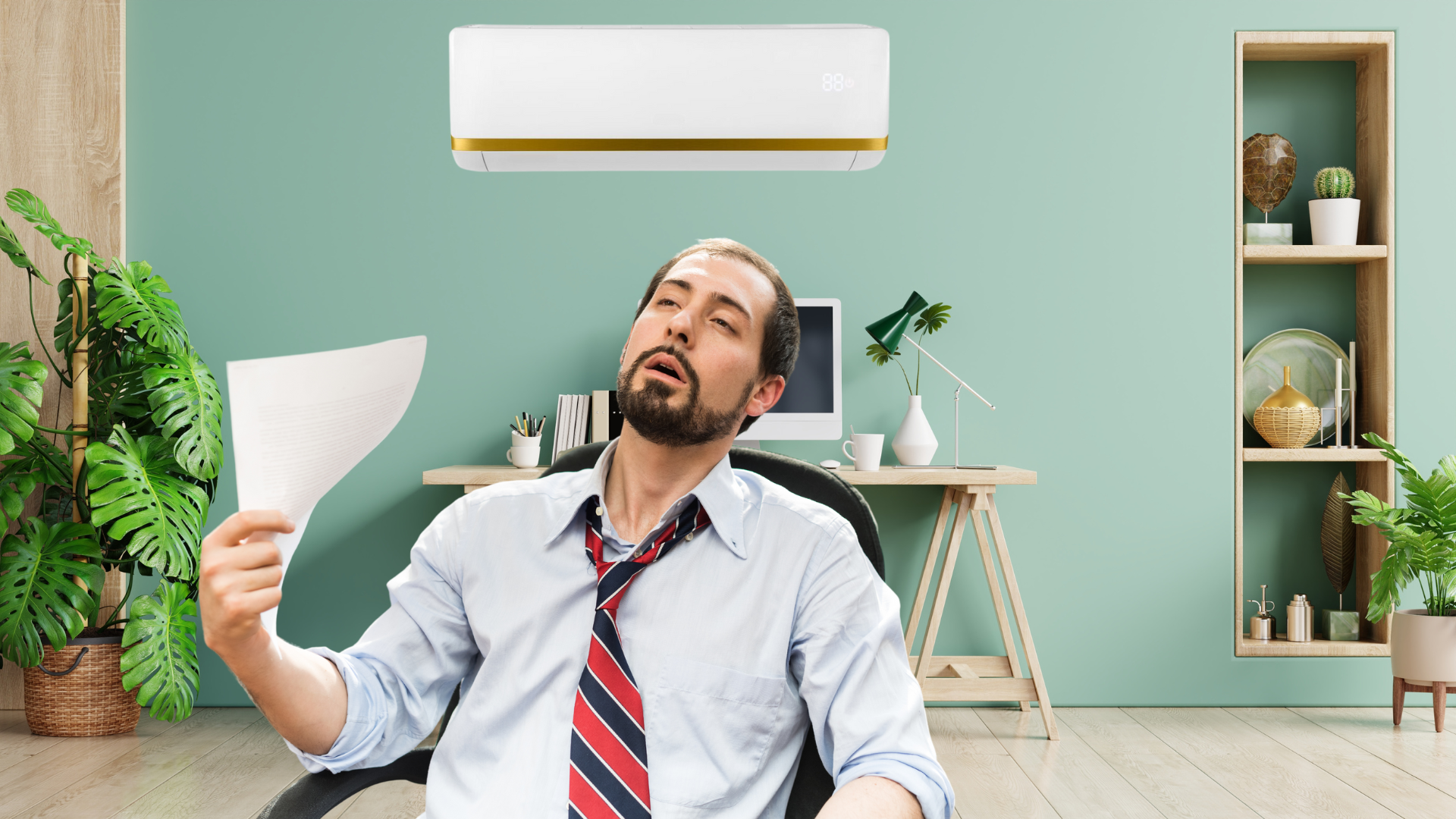
Common Reasons- Why You Often Face AC Breakdown
Now that we understand the basics of an air conditioner’s working, let’s explore some reasons why you are facing air conditioner breakdown, almost every season in our conditions.
Skipping Due Diligence Before You Buy An AC
Be a smart buyer by doing proper research and prioritizing due diligence before you buy an AC. One big reason for AC breakdowns is skipping due diligence before you buy an AC. Here’s how it can impact your cool comfort:
- Wrong Size for the Room: Imagine a tiny AC battling a giant hall – it’ll run non-stop, inefficiently, and likely break down. Similarly, an oversized AC might cool quickly but leave your room feeling humid.
- Climate Mismatch: Not all ACs are created equal. A fancy AC designed for temperate climates might struggle with India’s heat and humidity, leading to breakdowns and higher electricity bills.
- Installation Hiccups: The right AC needs the right installation. Get proper installation by a certified professional to avoid future issues.
Dusty Environment- Clogged Air Filter.
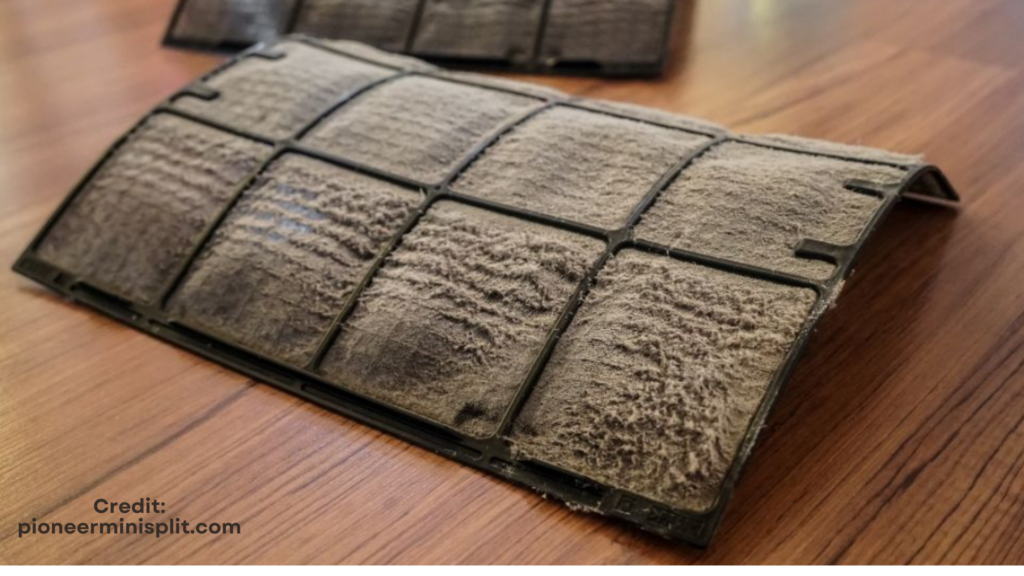
- The Problem: As mentioned earlier, your air conditioner relies on a clean air filter to trap dust, pollution (a major concern in Indian cities), and other airborne particles. A clogged filter restricts airflow, hindering the system’s ability to draw in warm air and cool it effectively. Imagine trying to run with a dirty, overused face mask– that’s essentially what your AC is forced to do with a clogged filter.
- The Fix: This is an easy one to tackle yourself! Locate your air filter (consult your user manual if needed). Most filters are situated behind a grille or panel on the indoor unit. Turn off your AC and remove the filter.
Pro Tip: Make cleaning your air filter a regular habit, especially during peak dust seasons like summer. The frequency depends on your environment – in dusty areas, cleaning might be needed monthly, while cleaner environments might allow for quarterly cleaning. Some filters can be washed with soap and water. But don’t be very harsh. Use gentle hand and water pressure. In some cases, replacement of filters, would be a better option.
The Harsh Outdoors – Dirty Condenser Coils
- The Problem: The condenser coils in your outdoor unit are responsible for releasing heat extracted from your home. Over time, these coils can accumulate dirt, leaves, and debris, acting like a blanket and preventing proper heat dissipation. This makes it harder for your AC to cool your home efficiently. Think of it like trying to cook biryani in a pan which have a heavy buildup of grease and burnt up food – the heat transfer is impaired.
- The Fix (DIY Option): Turn off your AC unit completely. Locate the condenser coil in the outdoor unit. Using a garden hose with a gentle spray setting, carefully clean the condenser coils by removing any loose debris and rinsing away dirt. Avoid bending the delicate coil fins.
Caution: Never use a pressure washer or stiff objects for cleaning, as these can damage the coils. Also, be mindful about the presence of PCB in the outdoor unit. Do not wet it as this might trigger short circuit.
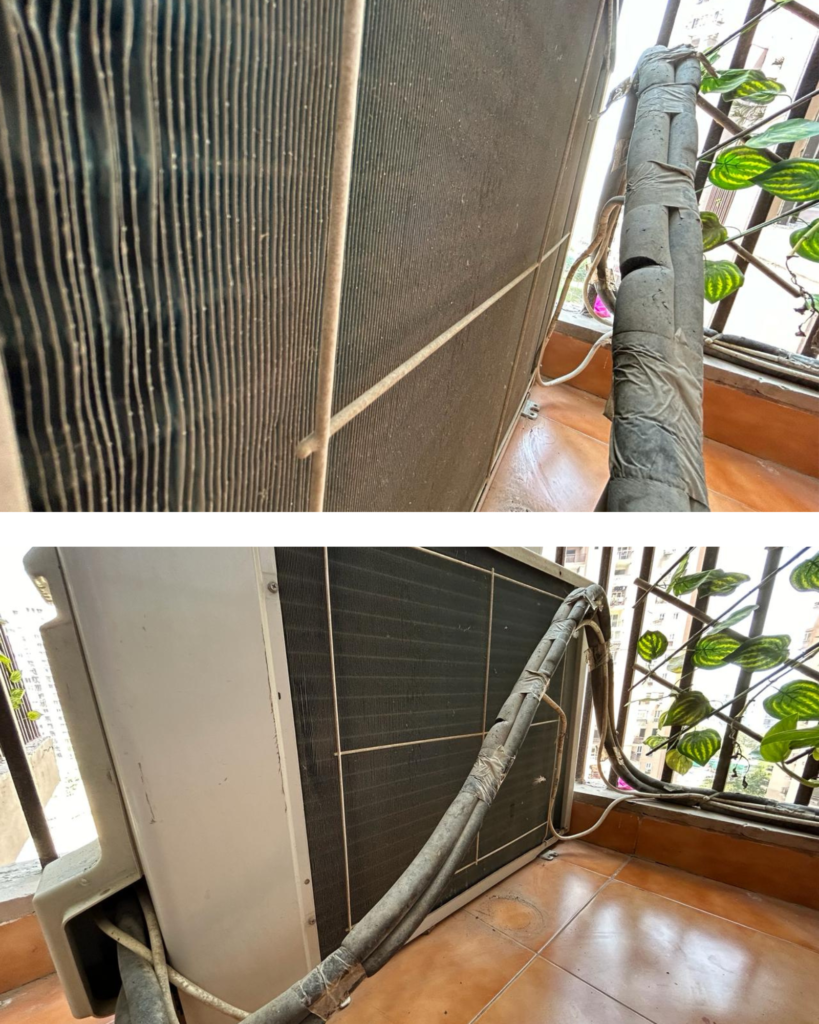
Other Potential Culprits and Fixes
Low Refrigerant Levels : While adding refrigerant requires a qualified technician, recognizing the signs can help you know when to call a professional:
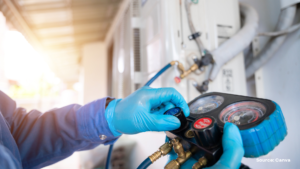
- Hissing sounds: A hissing noise coming from your AC unit might indicate a refrigerant leak.
- Reduced Cooling Performance: If your AC is struggling to cool the room as effectively as it used to, it could be a sign of low refrigerant.
- Increased Energy Bills: A low refrigerant level can make your AC unit work harder to cool the room, leading to higher energy consumption and increased electricity bills.
- Ice buildup on the evaporator coil: While rare, ice buildup on the indoor coil can indicate low refrigerant restricting refrigerant flow and causing the coil to freeze.
Fix the Ice Buildup on AC Coil:
If you notice ice buildup on the evaporator coil (located indoors behind the air filter), turn off your AC unit completely.
Caution: Never try to pry off the ice or use harsh methods to remove it, as this can damage the delicate coils. The safest approach is to allow the ice to melt naturally. This can take several hours, so be patient. Once the ice has melted completely, you can troubleshoot the root cause – a clogged air filter, dirty condenser coils, or potentially low refrigerant levels (which would require a professional).
Pro Tip: If your AC unit frequently freezes up, it’s a strong indicator of a deeper issue leading to frequent AC breakdown. It is time to make call to you service centre.
Thermostat Issues: Thermostat acts as the brain of your AC system, regulating temperature and signaling the unit to turn on or off. A faulty thermostat can lead to a variety of problems, including your AC breakdown.
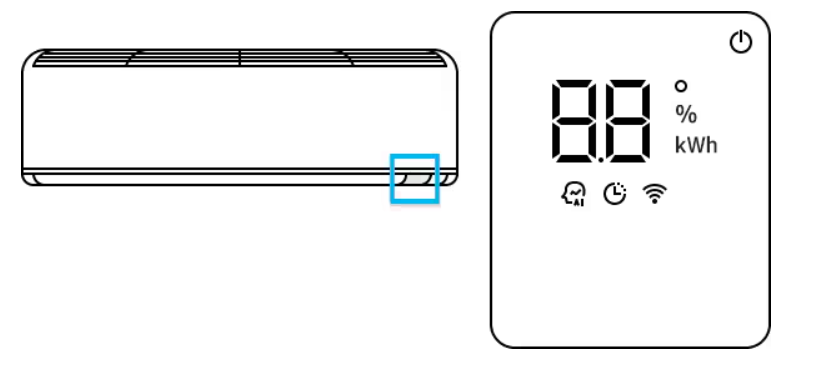
The Fix: Check if your thermostat is set to “cool” mode and the desired temperature is lower than the current room temperature. Check the display for any error code. Refer to the user manual to troubleshoot or contact service center.
Important Note: If you’ve tried these basic checks and your thermostat seems unresponsive or malfunctions frequently, consider calling a technician for professional diagnosis and repair or replacement.
When To Call A Professional Help?
While some Air Conditioner issues can be addressed by periodical maintenance by yourself, there are situations where seeking professional help is the wisest course of action:
- Electrical Issues: If you suspect any electrical problems with your AC unit, like flickering lights or burning smells, turn off the system immediately and call a qualified electrician to wiring, stabilizers and power plus connections.
- Complex Repairs: Some AC problems require specialized knowledge and tools. If you’re uncomfortable troubleshooting the issue or the fix seems beyond your skillset, it’s best to contact your nearby service centre.
- Low Refrigerant Levels (Recharging): As mentioned earlier, adding refrigerant is a job for a certified technician. They have the equipment to safely diagnose leaks, repair them (if necessary), and recharge the refrigerant to the appropriate level.
Preventive Maintenance To Check Frequent AC Breakdown.
Regular maintenance can go a long way in preventing AC problems and ensuring optimal performance. Here are some key practices to adopt:
- Schedule annual checkups: Consider having a professional technician inspect your AC unit before the summer season begins. This proactive approach can identify potential problems early on and prevent major breakdowns.
- Enroll for 3 services per year schedule: For domestic air conditioners, it is recommended to have 2 dry servicing and one wet servicing annually. This is particularly important in areas with high pollution levels.
- Clean or change your air filter regularly: Refer to your AC unit’s manual for the recommended frequency, but generally, a monthly cleaning is advisable in dusty environments like Indian cities.
- Keep the area around your outdoor unit clear: Remove any leaves, branches, or debris that might obstruct airflow to the condenser unit.
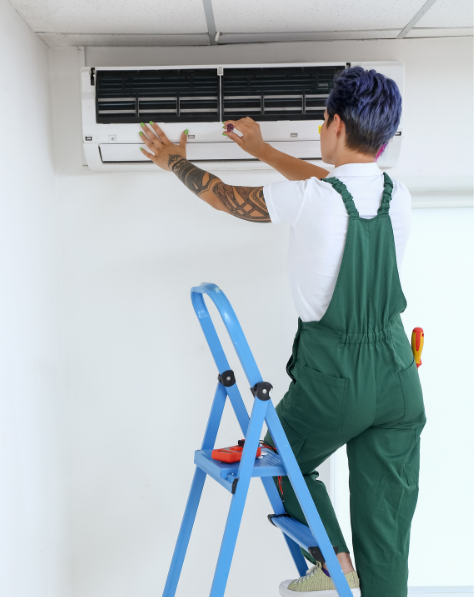
Conclusion: Beating the Heat and Saving Money
By understanding the common culprits behind a non-cooling AC and some basic troubleshooting steps, you can tackle minor issues yourself and keep your cool during those hot Indian summers. Remember, when in doubt, don’t hesitate to call a professional for assistance. A well-maintained AC unit not only ensures your comfort but also improves energy efficiency and saves you money on your electricity bills in the long run. So, stay cool, breathe easy, and win the Great Indian Summer Struggle!
If you want to learn more about Air Conditioners, we highly recommend to follow us on our YouTube Channel TechEasyPeasy. There you will find many videos on Air Conditioners Review, Buying Guide, Range Walk Through and much more.
